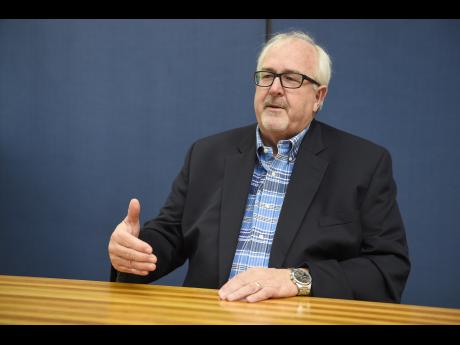Jamaica needs to place more attention on creating a disaster-resilient built environment in a push to lessen the impact of natural disasters, according to Craig Fugate, former director of the United States Federal Emergency Management Agency (FEMA).
“We’re not going to build resiliency overnight, but as we build new constructions, we need to factor in the risk we face both from the hurricanes and the earthquakes. I think this is where there is an opportunity for Jamaica as we continue to invest in infrastructure … ,” Fugate told The Gleaner on Thursday.
The disaster-management expert is in Jamaica to engage and share his insights with local stakeholders as part of a disaster preparedness and management programme spearheaded by the US Embassy.
Fugate continued, “So as we’re building new, are we building for our hazards? Because that’s how, long term, we’ll start buying down risk. It’s not responding and repairing. It’s that we build in a way that minimises the disruption and the damage.”
He believes that this strategy is even more important based on Jamaica’s economic challenges.
Fugate explained, “You got to do those things (because) in an economic situation where your GDP (gross domestic product) is barely starting to creep back up, your annual disaster cost eats a chunk of that and you already have high levels of unemployment. You already have tremendous demands for safe, affordable housing.”
The World Bank recommended that Jamaica set aside approximately $16 billion annually to adequately cover losses associated with hurricanes and floods as it launched its report, ‘Advancing Disaster Risk Finance in Jamaica’. Fayval Williams, minister without portfolio in the Ministry of Finance and the Public Service signalled the Government’s intention to design a disaster risk-financing policy.
Jamaica’s National Disaster Fund stands at $258 million, and the Government usually reaches out to various ministries for resources to activate an urgent disaster response.




Leave A Comment